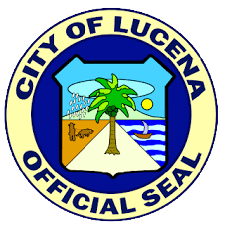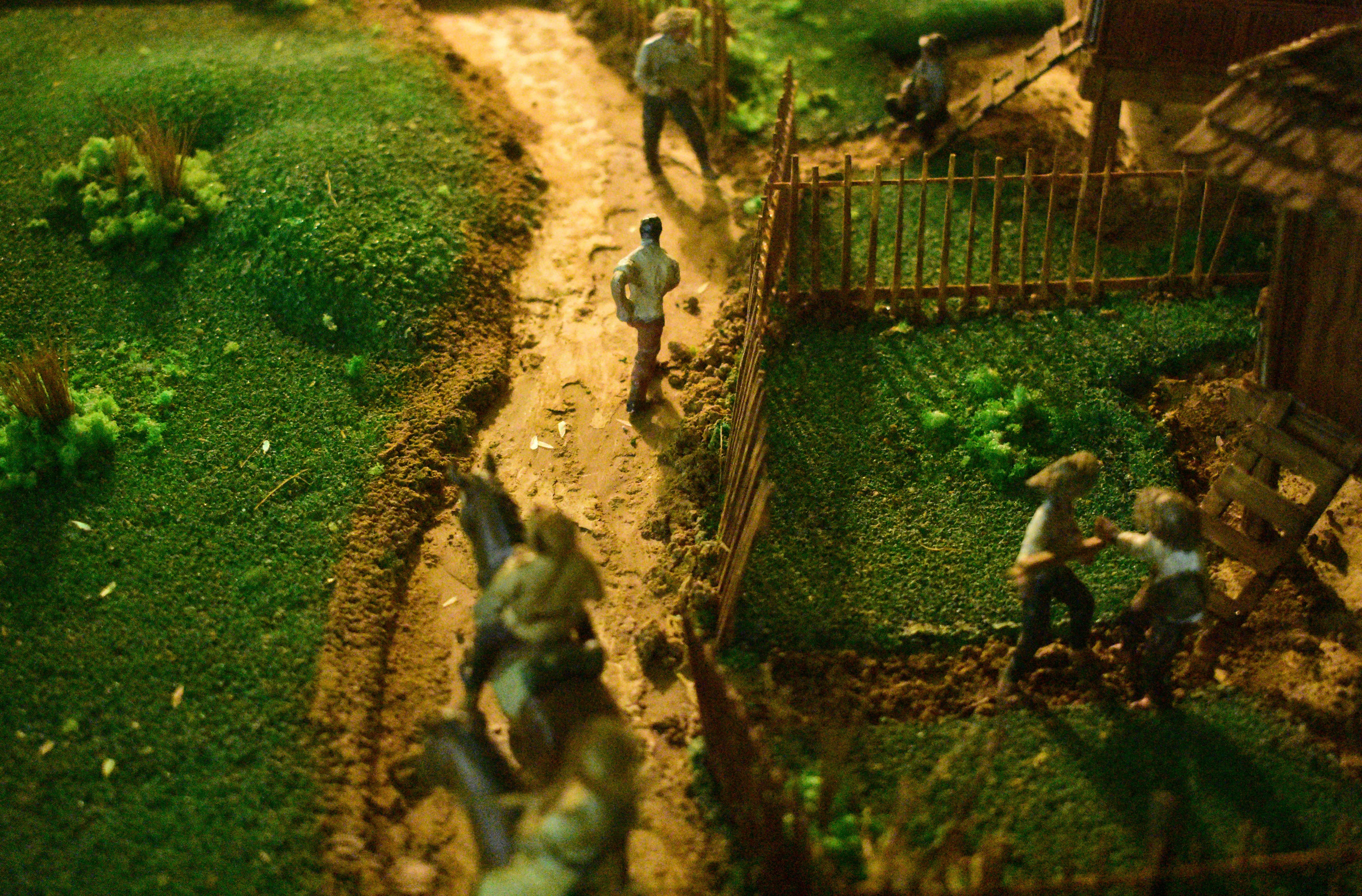In 1580 conquistador Captain Juan de Salcedo sought the help of two Franciscan priests, Fr.Juan de Plasencia and Fr. Diego Oropesa to explore more Unchartered terrritories south of Manila. Towards the end of 1583, the two Francisan friars were able to established the parishes of Lucban and Tayabas.
Standing at the foot of Mt.Banahaw they saw a most beautiful virgin terrain and called it 'buena vista' which literally means 'beautiful view' in Spanish From thereon, a settlement was established in that area and was named Buenavista.

Lucena Council for Culture and The Arts


